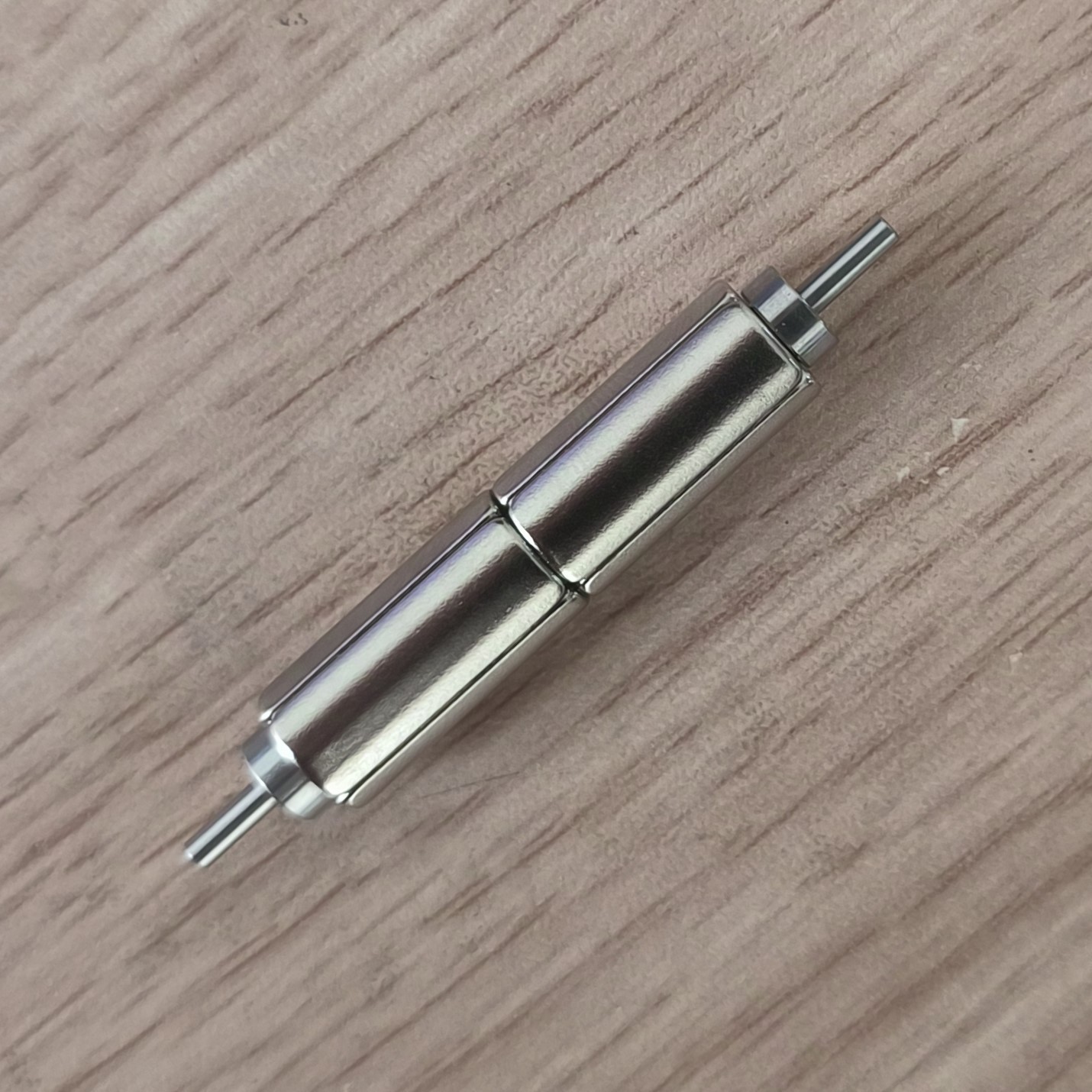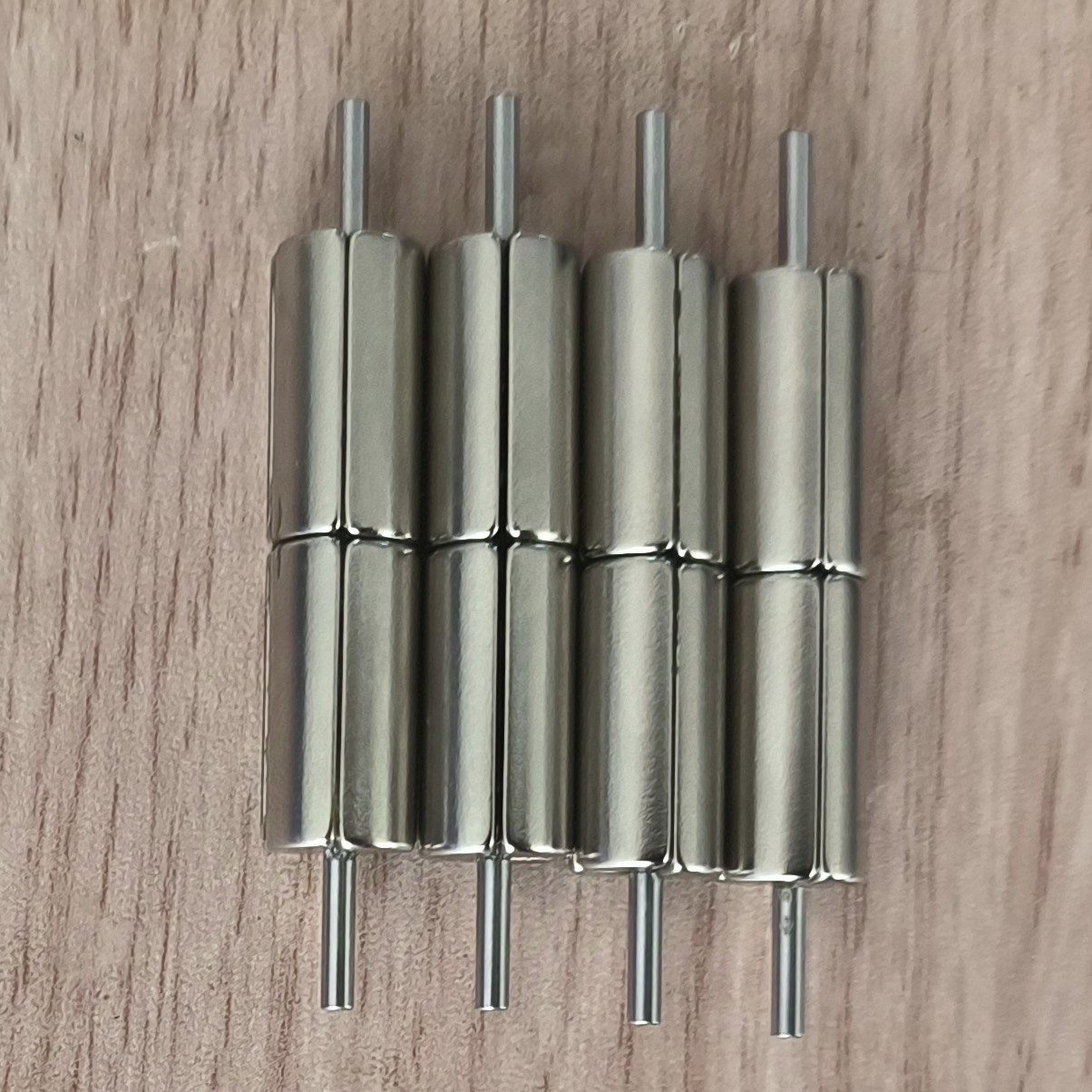
They've made a few and the quality seems mostly consistent. They certainly look good enough for a "we have a brushless motor at home" attempt.

As you may understand from the Excel calculations and Fusion CAD, there's unfortunately not a lot of wriggle room to just move the bearings and give them more space from the magnetic force.
They proposed that the were going to remake the shaft (on their dime 😀) and I said that was fine, but asked if they had tried having a thin washer between them, like the 2515 waterproof motor I saw on AliExpress.
A few days go by and the engineers tried but unfortunately wasn't going to work so we're going with the first proposal:
Our engineers looked for gaskets made of many materials, such as brass, ceramic, and stainless steel, but none of them were found.
Because the thickness is only 0.5mm, our friends can't make it.
Therefore we plan to produce the shaft and magnet again for assembly. But the delivery date may be in October.
We updated the production drawing of the shaft again and planned to increase the tolerance of the bearing position, so that the distance between the bearing and the magnet can be 0.5mm.
Because now the magnet will attract the bearing, making the bearing in close contact with the magnet. According to our engineers' experience, if we send the product to you now, it will not work.
Technically, fully ceramic bearings could also be an option, but they're £2 per bearing last time I checked.
I'm just so glad that I unintentionally found a manufacturer that could fabricate the rotor in its entirety instead of having to do the engineering thousands of miles away from the factories and have to pay for prototype and postage every time I need a respin (like the #Coaxial8or [gd0144] heatblock).
 kelvinA
kelvinA
Discussions
Become a Hackaday.io Member
Create an account to leave a comment. Already have an account? Log In.